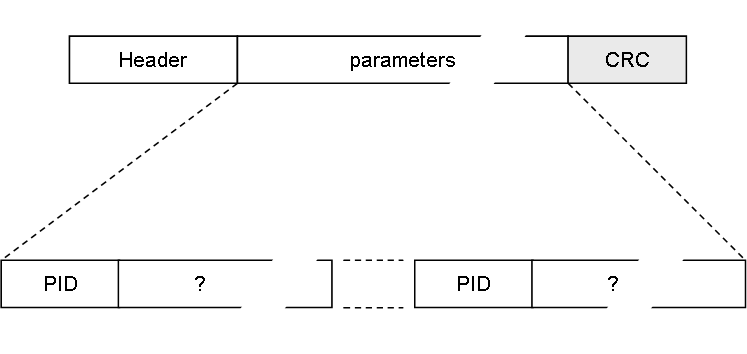I need to return to assembly syntax later. For now I want to implement what we have described on the VM to start testing it using real applications. One of the design issues that I need to solve is storage space for downloaded applications.
STM32F10x series of MCU’s organize their embedded Flash as 1 or 2Kb pages. This was actually far better than I expected. With 128Kb on STM32F105RB we should be able to set aside 16Kb for Plain VM applications. Flash can only be re-written ca 100,000 times, but that is a lot for application download – if you download an application every day it means we can keep doing that for ca 280 years or so.
A bit more complex is the implementation of a persistent storage object mapped to object registers. This is SRAM that we write to flash on power shut-down and reload on MCU start. I need to check if this is possible on my devices. The MCU will give us an interrupt as power drops and with sufficient capacitors we should be able to store a single page or so.
The actual download of VM Applications is done using standard easyIPC. I will set up a few special ID tags for this purpose. The high level part of this protocol allow for transport of tagged data – 2 byte ID followed by an object.
I need to consolidate the notes on the high layer protocol, but the idea is that it is an array of objects with a PID and data-value. Each device will at initialization send a list of it’s objects to provide full plug & play. But, we will also reserve a range of PID’s for common things like download. Done correctly we can download new applications while the old is in full operation and smoothly swap over modules without interrupt applicatons.
I Need to think about the details – to be honest I need to re-visit my old notes about this design and usage. But, I am thinking of a sequence as follows:
- VM Download Initiate Request
- VM Download Proceed
- VM Download Code
- VM Download Commit/Rollback
- VM Download Completed
Top-side initialize the download with a VM Download Initiate request that causes the device to send a VM Download Proceed followed by a series of VM Download Code. The device can control re-send with a new VM Download Proceed while top-side will finish with a VM Download Commit/Rollback. At the end the device should send a VM Download Completed to indicate if the download was completed or aborted.
